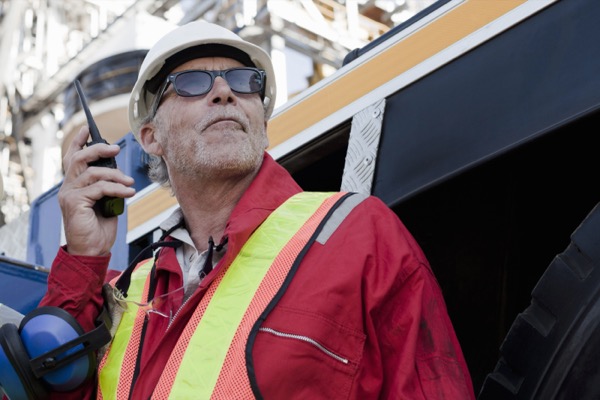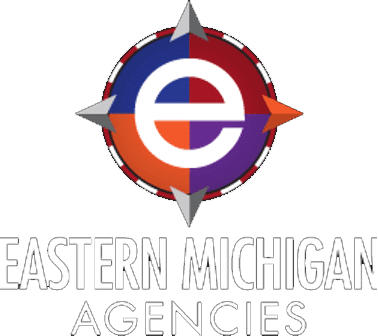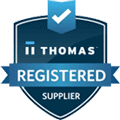Fall protection equipment plays a crucial role in safeguarding workers at heights. To ensure its effectiveness, continuous inspection and maintenance are essential. This article emphasizes the importance of ongoing inspection and maintenance of fall protection equipment, highlighting the significance of reliability and worker safety. By implementing comprehensive inspection and maintenance programs, employers can proactively identify and address issues, ensuring the reliable performance of fall protection equipment and promoting a safe work environment.
Importance of Continuous Inspection and Maintenance
Continuous inspection and maintenance of fall protection equipment are critical for several reasons:
- Reliability: Regular inspection and maintenance help ensure the reliability of fall protection equipment. By identifying and addressing potential issues, employers can prevent equipment failures and minimize the risk of malfunctions during critical moments.
- Worker Safety: Inspecting and maintaining fall protection equipment is essential for worker safety. Timely detection and resolution of equipment defects or wear and tear help prevent accidents, injuries, and fatalities caused by equipment failure.
- Regulatory Compliance: Regulatory bodies, such as OSHA, require employers to maintain fall protection equipment in good working condition. Compliance with these regulations not only protects workers but also helps organizations avoid penalties and legal consequences.
- Cost Efficiency: Regular inspection and maintenance can contribute to cost efficiency. Identifying and addressing equipment issues early on can prevent more extensive damage, prolong the lifespan of the equipment, and minimize the need for costly repairs or replacements.
Ongoing Inspection and Maintenance Practices
Implementing ongoing inspection and maintenance practices for fall protection equipment is essential. Here are key practices to consider:
- Scheduled Inspections: Establish a regular inspection schedule for all fall protection equipment. Inspect equipment before each use, as well as at specified intervals determined by manufacturers’ recommendations and industry best practices.
- Thorough Equipment Checks: Conduct comprehensive checks during inspections, including visual inspections, functional tests, and structural assessments. Examine components, connectors, straps, buckles, lanyards, and anchor points for signs of wear, corrosion, damage, or other defects.
- Documentation and Record-Keeping: Maintain thorough documentation of all inspections and maintenance activities. Record inspection dates, findings, corrective actions taken, and any repairs or replacements made. This documentation ensures accountability, facilitates compliance, and provides a historical record of equipment performance.
- Qualified Inspectors: Assign qualified and trained individuals to perform inspections. Inspectors should possess a comprehensive understanding of fall protection equipment, relevant regulations, and inspection techniques. Provide ongoing training to inspectors to ensure their skills and knowledge remain up to date.
Addressing Equipment Issues
When equipment issues are identified during inspections, take the following actions:
- Prompt Repairs or Replacements: Address identified issues promptly. If possible, perform immediate repairs or replacements using approved parts and materials. Remove defective equipment from service until it is repaired or replaced to prevent its accidental use.
- Manufacturer’s Guidelines: Follow the manufacturer’s guidelines for repairs or replacements. Adhere to specific instructions provided by the manufacturer to maintain equipment reliability and uphold any warranties.
- Testing and Certification: If repairs or replacements are performed, conduct testing or certification to verify the restored functionality and safety of the equipment. Ensure that testing procedures align with relevant industry standards and manufacturer specifications.
Employee Training and Communication
Employee training and communication are crucial aspects of continuous inspection and maintenance. Consider the following practices:
- Training Programs: Provide comprehensive training programs to workers on the inspection, maintenance, and proper use of fall protection equipment. Equip workers with the knowledge and skills necessary to identify defects, perform basic maintenance tasks, and report equipment issues.
- Reporting Procedures: Establish clear reporting procedures for equipment issues or concerns. Encourage workers to report any identified defects, malfunctions, or damage promptly. Develop a culture of proactive reporting to address issues before they lead to accidents or injuries.
- Communication Channels: Establish open communication channels for workers to seek guidance or clarification regarding fall protection equipment inspection and maintenance. Encourage workers to engage in discussions and ask questions to enhance their understanding and promote a sense of collective responsibility.
Continuous inspection and maintenance of fall protection equipment are vital for ensuring reliability and worker safety. By implementing ongoing inspection practices, addressing identified issues promptly, providing comprehensive training programs, and promoting open communication, employers can create a culture of safety and accountability. Regular inspection and maintenance not only fulfill regulatory requirements but also contribute to cost efficiency, prevent accidents, and protect workers at heights. Prioritizing continuous inspection and maintenance of fall protection equipment demonstrates a commitment to worker safety and promotes a safe work environment.







